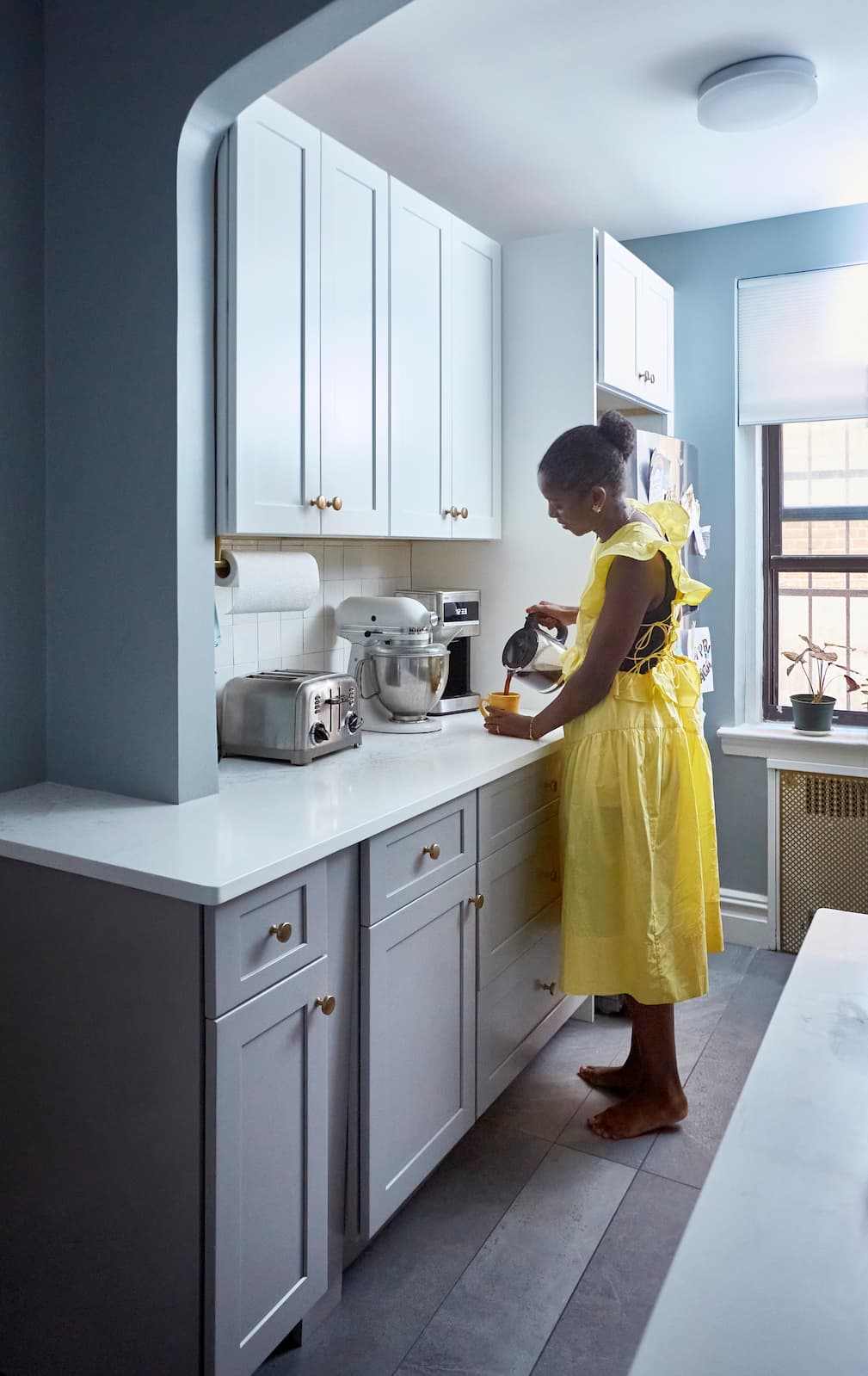
The True Cost of Tile Installation and Labor
10.16.2021

Bathroom remodels are unique in that labor plays a much larger role in their total cost than other home projects. Kitchen renovations, for example, require more money to be allocated to expensive appliances. Specific elements of a bathroom remodel, like complex plumbing work, drive up labor fees considerably.
There are numerous different workers that make up the required construction crew, from carpenters and plumbers to electricians.
Construction starts off with demolition, where first the fixtures and finishes are removed followed by the walls and floors. This is followed by framing and leveling, which can cost up to $2,000. If the subfloor is made of concrete, this process can be limited. Nevertheless, carpenters will still be framing and backing the walls, putting back the insulation, installing a drywall or cement board, and touching up with some plastering and sanding.
Demolition also allows the opportunity to discover and address any unexpected issues. These include but are not limited to: structural beam rot, cracks in the waste line, insufficient room for the plumbing rough, toilet flange replacement, waste and vent replacement, mold remediation, and water damage. In addition, electricians make any necessary updates to the wiring and install outlets where needed. The site is then prepped and waterproofed to protect the floor and other valuables.
Finally, the crew can begin constructing the new bathroom. This includes installing each individual component of the bathroom, painting, caulking, and laying as well as sealing the floor and wall tiles. All of these tasks generally accumulate significant hours.
Different general contractors will provide varying estimates, but here is a general breakdown of labor costs: plumbers range from $45-$65 an hour, electricians from $65-$85, and carpenters average around $70 /hour. Floor installation and tile prep come down to $5-$10 per square foot. However, if you live in a metropolitan area, like New York, you can easily expect some of those costs to double, if not more.
You may be able to cut down on costs by taking on one of these stages yourself. Homeowners sometimes choose to complete demolition themselves instead of paying additional workers.
Geography carries the most influence in deciding your remodel cost. The cost of labor differs drastically from one state to the next, and even within states. For example, while Manhattan and New Jersey neighbor each other, there exists a $3k difference in their average spend for a bathroom, primarily due to the cost of labor.
Why is labor so much higher in places like NYC? There are multiple factors, but the difference can mostly be attributed to a shortage of labor, higher cost of living, and more competition. So unless you find a solution that systematically drives labor costs down, set your expectations realistically, based on where you live.

Renovate confidently with Block
Easily compare quotes from top quality contractors, and get peace of mind with warranty & price protections.
Thousands of homeowners have renovated with Block

4.5 Stars (100+)

4.7 Stars (100+)

4.5 Stars (75+)

The True Cost of Tile Installation and Labor
10.16.2021

What A Kitchen Renovation Costs In 2021
09.29.2021

How Much Do Kitchen Cabinets Really Cost
09.29.2021

What A Bathroom Remodel Costs In 2021
09.29.2021

How Much Does It Really Cost To Install A Wall Oven?
08.19.2021
Renovate confidently